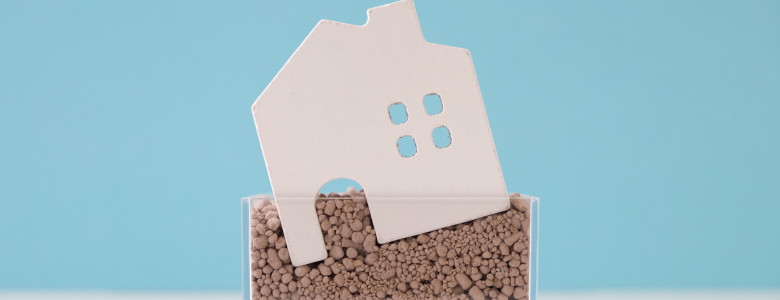We all know how home foundations got their name – they form the solid basis on which to build a reliable and lasting structure. While the vast majority of foundations last for many lifetimes with nary a problem, it is not entirely unheard of for foundations to fail in some way.
The result, in most cases, is significant and expensive repair work to reconstitute the integrity of the foundation, supposing the damage isn’t so extensive that a structure is unsafe, unlivable, and beyond salvage. In other words, foundation failure is best avoided if at all possible.
When homeowner, developers and contractors are aware of the most common causes of foundation failure, they can take steps to mitigate potential threats to their structure, or purchase properties that are least likely to suffer from conditions leading to foundation failure. Here are some common risks you should be aware of.
Wrong Soil
The type of soil your foundation sits on is extremely important. No matter how perfect your foundation is, it relies on firm soil beneath to remain stable and intact. Any shifting of soil could lead to sinking or cracked and crumbling foundations that compromise the integrity of your structure.
There are many soil types, but clay soils are generally considered safer to build on than sandy soils, for example. Of course, there are caveats within this category. Although many clay soils offer greater strength and stability than sandy soils, you must be careful about expansive clay.
Some clay-type soils expand and contract more than others between wet and dry condition. This is not good for your foundation as it can lead to cracks and settling. The best soil will feature a mixture of particle and pore sizes so that it can capture some amount of moisture (increasing drainage around your home) without expanding so much that it damages your foundation.
The USDA Natural Reserve Conservation Service offers public access to soil maps through the Web Soil Survey website. Most homeowners need never delve so deep into the composition of their soil since home builders tend to select suitable sites, but if you’re worried you can definitely do some research on your own.
Settling
Differential settling, in which a foundation begins to sink or crack, disrupting the structure above, could be due to a number of causes, including the wrong soil, incorrectly compacted fill material, erosion from flooding or lack of ground cover, and perspiration and transpiration (or the swelling and shrinking of soil related to moisture or lack thereof).
You can easily test for settling by placing a ball on any floor in your home and seeing if it rolls of its own volition, denoting sloping. Cracks appearing around windows, doors, corners, and other seams in the house could also signal a settling foundation.
Slope Issues
Whether your property was improperly graded (more common than you might imagine) or your house happens to be located at the bottom of a hill, issues related to the land sloping down to your structure could be responsible for foundation failure. This can be slow, as water, soil, and debris slowly creep down toward your home, or it can be swift, as with flash floods or landslides.
Poor Drainage
Any time you have excess water around the foundation of the home it can spell trouble. If you notice water pooling in your yard or around the perimeter of your home, poor drainage is the likely culprit, and it could be related to any number of issues.
Hard soils may not absorb moisture properly, your yard could be improperly graded (funneling water toward the house instead of away), or your gutters and downspouts could be defective or in need of cleaning or repair, just for example. In all cases, your foundation is in danger of deterioration, sinking, cracking, and other failures related to excess moisture.
Plumbing Leaks
Water in your building could be just as damaging to your foundation as outside moisture. If you have a proper vapor barrier in place, plumbing leaks may never reach your foundation. However, if you suffer a major leak it’s probably best to have the foundation checked as a precautionary measure.
Poor Construction
This is actually the least common of the common causes of foundation failure. By and large, construction companies want to avoid major defects that could land them with lawsuits, so they take great pains to ensure that all building codes are met during the construction process.

